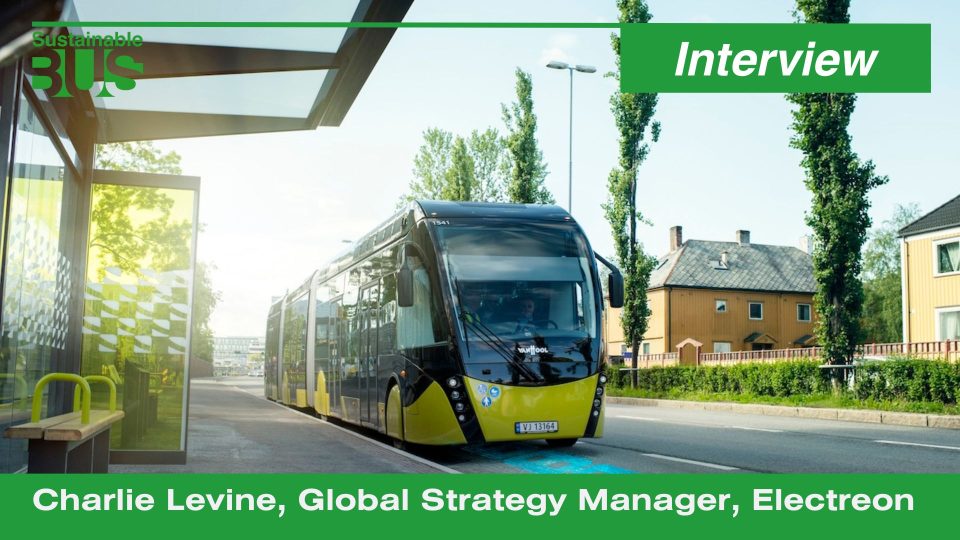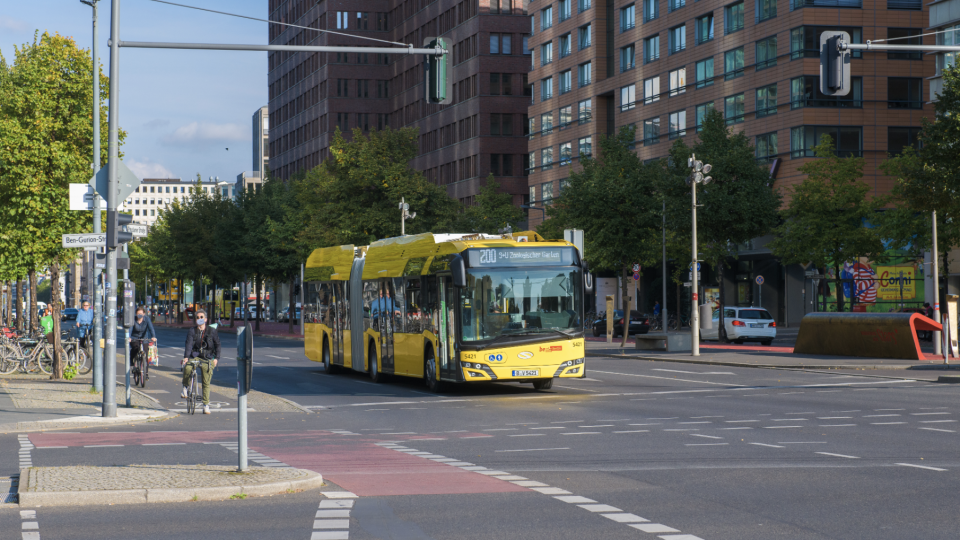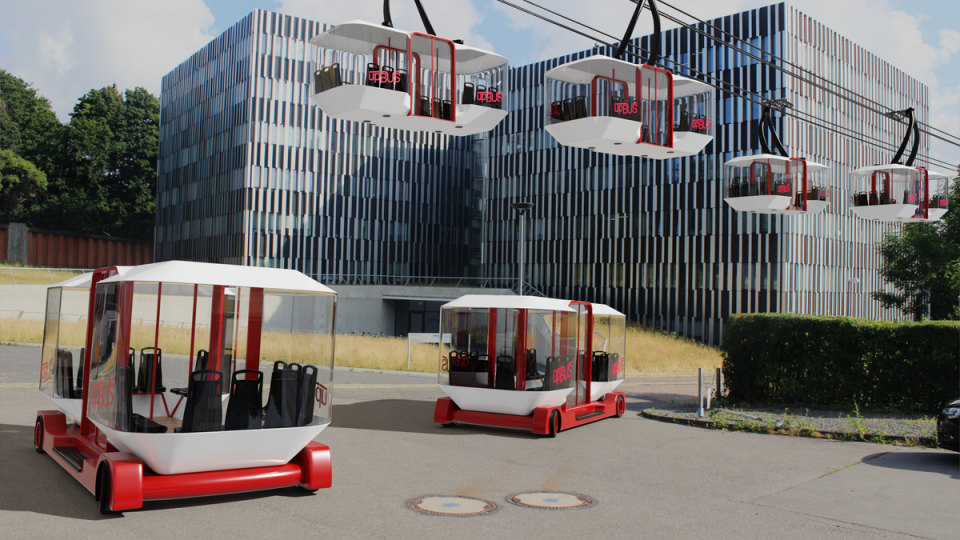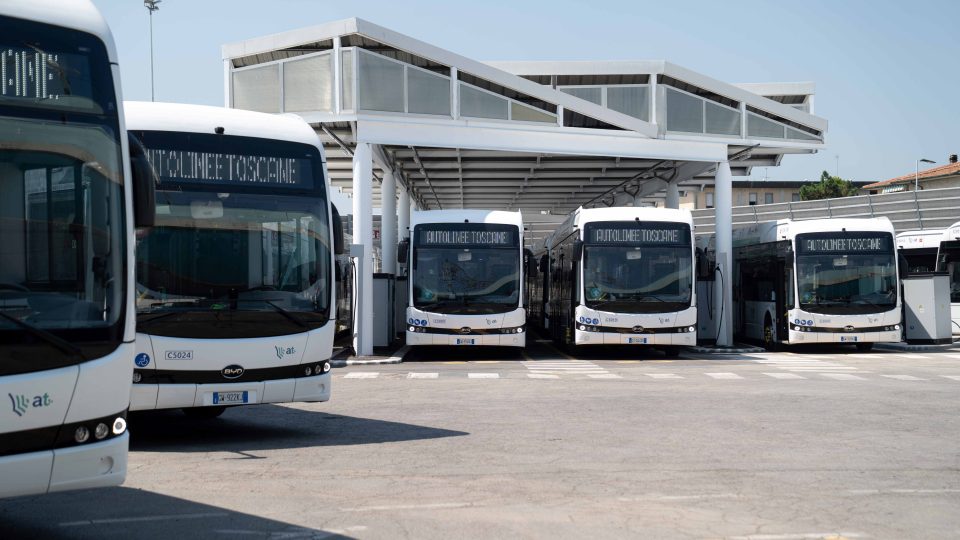Three web events (and an extra webinar): the Sustainable Bus Tour is ready for its 2022 edition
Building on the first edition held in 2021 with two web events gathering over 2,000 single attendees and 11 partners, the Sustainable Bus Tour is back in 2022 with a schedule made of four webinars that will be pursuing the goal of discussing key issues and outlooks of the public transport sector with the participation […]
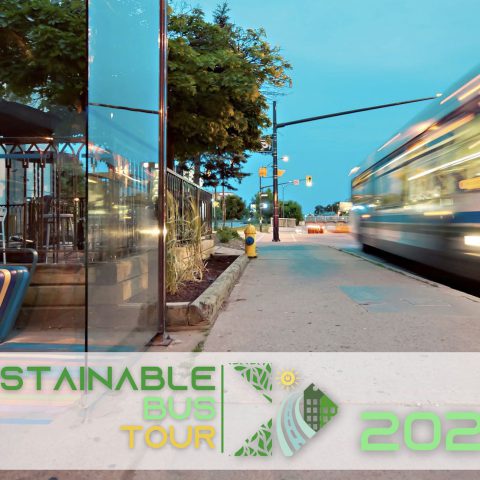
Building on the first edition held in 2021 with two web events gathering over 2,000 single attendees and 11 partners, the Sustainable Bus Tour is back in 2022 with a schedule made of four webinars that will be pursuing the goal of discussing key issues and outlooks of the public transport sector with the participation of operators, manufacturers, providers of components and technologies.
The financial case for zero emission buses, as well as the ways for energy transition out of city centers will be two of the main subjects of the initiative. But we’ll be focusing also on charging strategies, during a ‘extra event’ exclusively supported by Hitachi Energy which has the goal of providing a full picture of a consideration that you should really take for granted: the ‘battle’ of energy transition in public transport will be fought on the infrastructure’s terrain. Finally, a focus on the other mega trend affecting the future of public transport: digitalization and IT, with a focus on the paradigm of Mobility as a Service.
Are you looking for more information on the Sustainable Bus Tour 2022?
Send us an email: info@sustainable-bus.com
17 March, with Hitachi Energy on charging strategies
In chronological order, the first event of the year has been the ‘extra webinar’ “Powering the future of public transport. Charging strategies for bus fleets“, supported by Hitachi Energy (REPLAY AVAILABLE BELOW).
UITP, VDV, cities embarked in energy transition projects have been be joining the panel, together with Hitachi Energy delegates, telling about how technologies and strategies are shaping the future of urban mobility. Needless to say, the way an operator powers an e-bus fleet demands a clear understanding how the city will evolve in the future. Developing a future-proof charging strategy is essential for city and public transport operators.
May 2022. The economics of zero emission buses
Next step, May 2022 with the webinar: “New technologies / new economics. Costs, trends and tools for the transition to zero emission buses“.
What will this be about? As zero emission bus volumes grow in Europe, the spotlight moves on the ways to make the transition affordable, and how to finance it. Which is the breakeven point on a TCO basis between electric and diesel buses? To what extent maintenance costs are going to be lower? How decrease in battery prices will impact zero emission bus costs, as BloombergNEF finds lithium-ion battery prices fell 6% from 2020 to 2021 (89% between 2010 and 2021)?
Energy transition in intercity and long distance segments
In October 2022 it’ll be time to travel out of city centers, dealing with the outcomes of energy transition in intercity and commercial long-distance operations. “Energy transition out of the cities. Batteries, gas, hydrogen for intercity and long-haul applications” is the title of the webinar to be held after summer.
Intercity and long-distance bus markets are still based on diesel applications. On the other hand, things are moving fast: gas-powered buses for intercity services are taking a growing share in some markets, while pilots have been established on the way to the future development of hydrogen coaches.
Out of cities, the imperative of the commitment to energy transition goes along with uncertainty about which technological solutions to adopt in order to achieve the goal. Are batteries going to allow long-distance operations without compromising passenger or luggage capacity? Is CNG a viable solution in the long term? What about LNG? How long should we expect before hydrogen becomes a feasible (and affordable) technology for coaches?
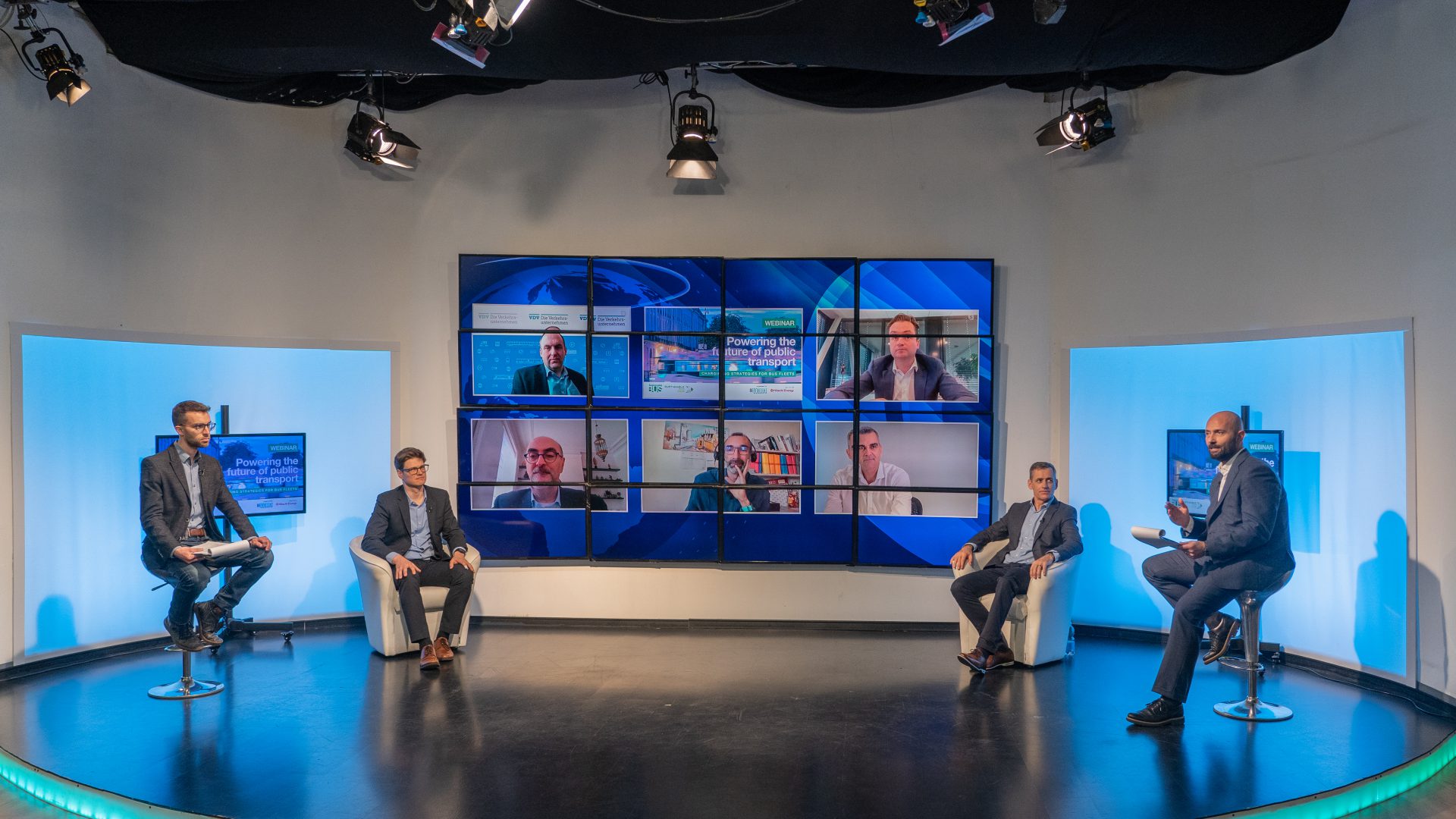
November, the focus on MaaS at the Sustainable Bus Tour
The webinar “Mobility as a Service and the future of urban mobility. how to increase the modal share of public transport?” will be focusing on smart ticketing, contactless paying, dematerialized ticketing, seamless mobility., intermodal travels. In one acronym: MaaS, i.e. Mobility as a Service.
Needless to say, digitalization is the other key trend affecting the strategies of public transport companies and authorities nowadays. Especially in a post-pandemic framework that sees public transport providers striving to get users back: improving user experience and offering easy access to public transport becomes instrumental in order to increase the share of public transport travels, with cities such as Barcelona – for instance – aiming at a 65% modal share by 2025.



